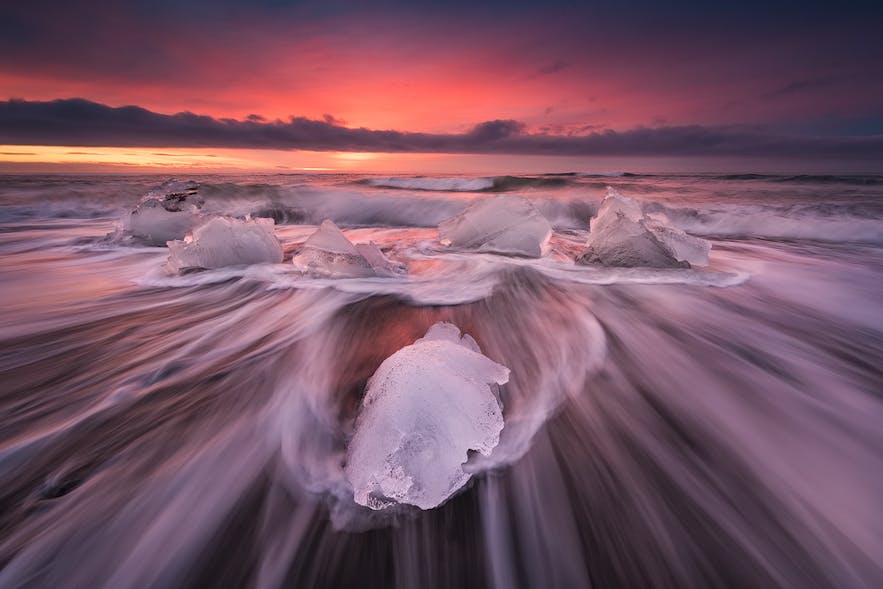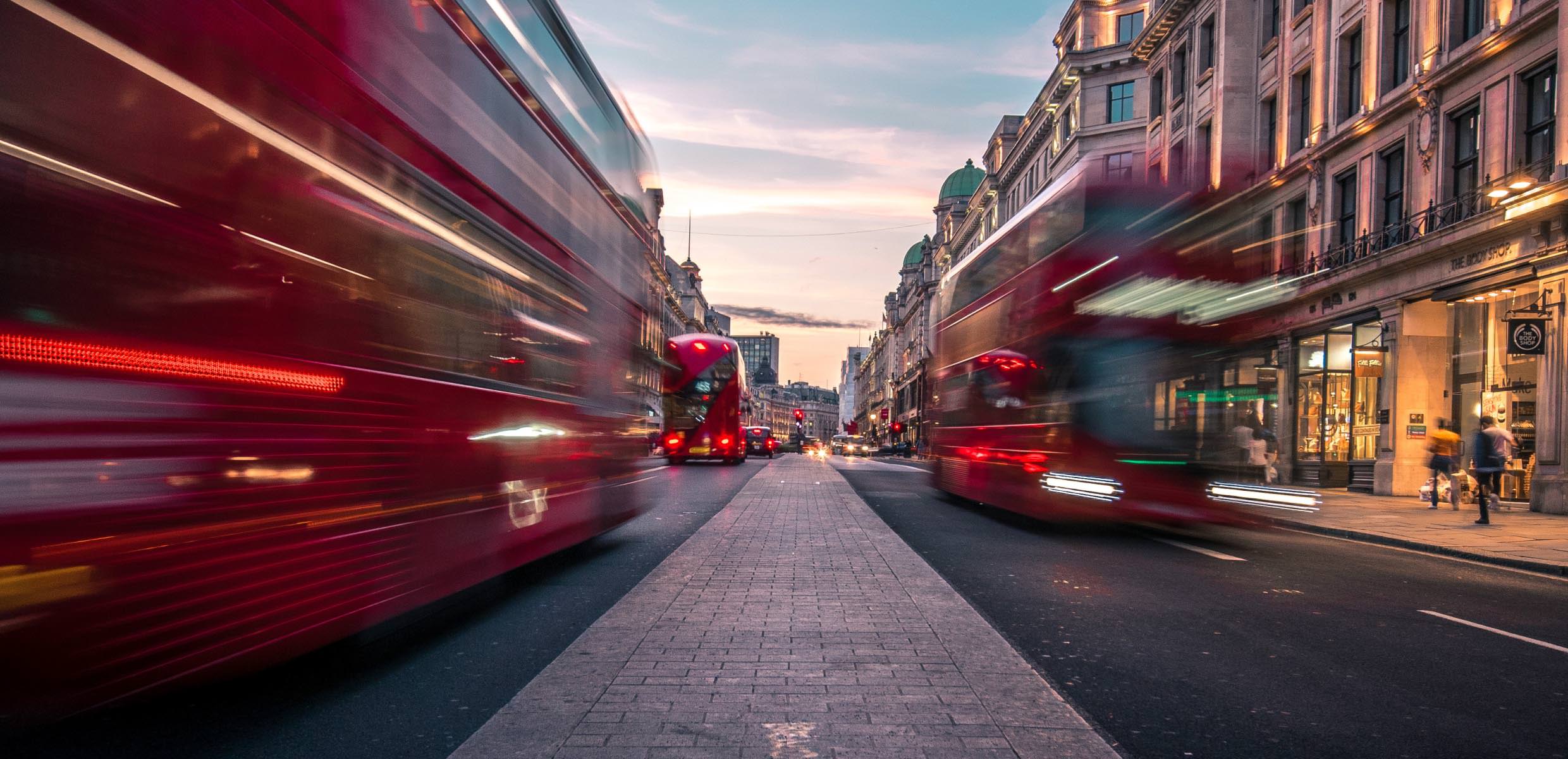PHOTOGRAPHIC TECHNIQUES
content
Long Exposure
The idea is that by leaving the shutter open for a longer amount of time, you let in more light and are able to catch where that light is moving to or from. Things that are moving begin to flow, while things that are stationary stay that way. If you’ve ever seen images of waterfalls with that blurry, flowing water, that was done with an exposure of generally a half a second or longer. If you’ve seen images of stars, those images were usually taken at 15-30 second lengths

Motion Blur
you need to put the camera on a tripod. In order to capture motion blur, the camera must move while you take the image. Your shutter speed should be slower, but not to the extent of a long exposure. Whereas a long exposure could be a second, ten seconds, twenty seconds, etc., a photo with a goal of motion blur might be just 1/30 of a second, or even 1/60, or sometimes even 1/200, depending on what you’re shooting and how fast it’s moving

Macro
Macro work requires more specialized equipment than many other forms of photography. You’ll need a special lens — a macro lens — or a lens or camera with macro functionality. If you’re starting on a point-and-shoot camera, look for a little icon of a flower on the camera. Turning that function on lets you focus at a closer distance to your subject

Black & White

Light Painting
To give light painting a whirl, you’ll need two things: a tripod, because this will be a long exposure, and a light source you can control, such as a flashlight, candle, glow stick, etc. Find a dark place (this is also a good opportunity to dabble with night photography), put the camera on a tripod, stop down the aperture to f/8 or smaller , and then set the exposure to either bulb mode if you’re using a remote shutter release, or to a longer exposure of 15-30 seconds

Silhouette
The basic technique is to place your subject against a brighter background, and expose so that the outline of the subject is dark against that background. Profiles of people work better than straight-on portraits when doing silhouettes, because you’re better able to see the outline of their face

Comments
Post a Comment